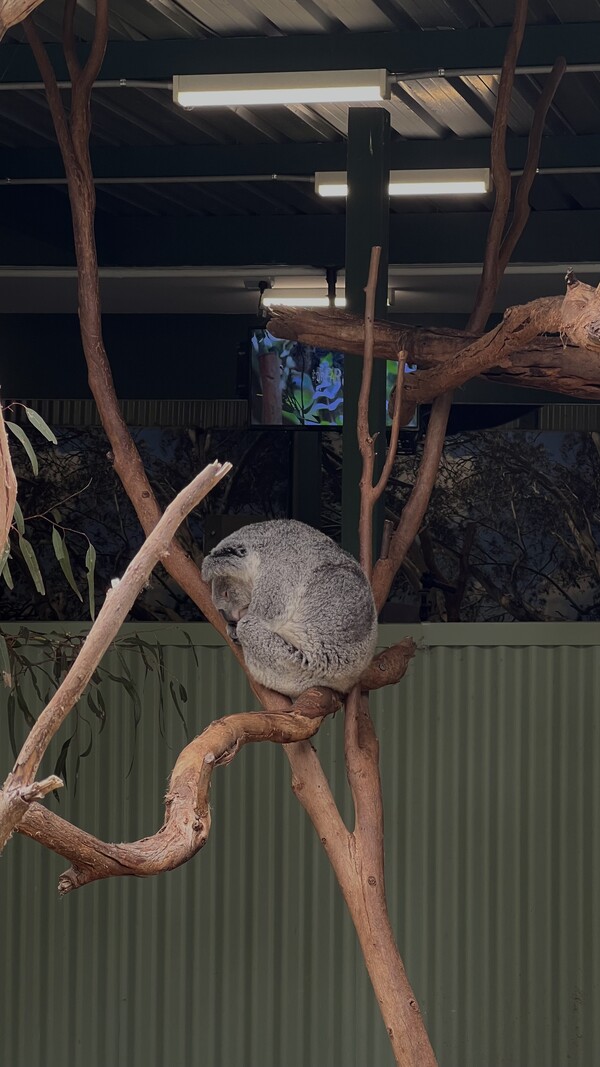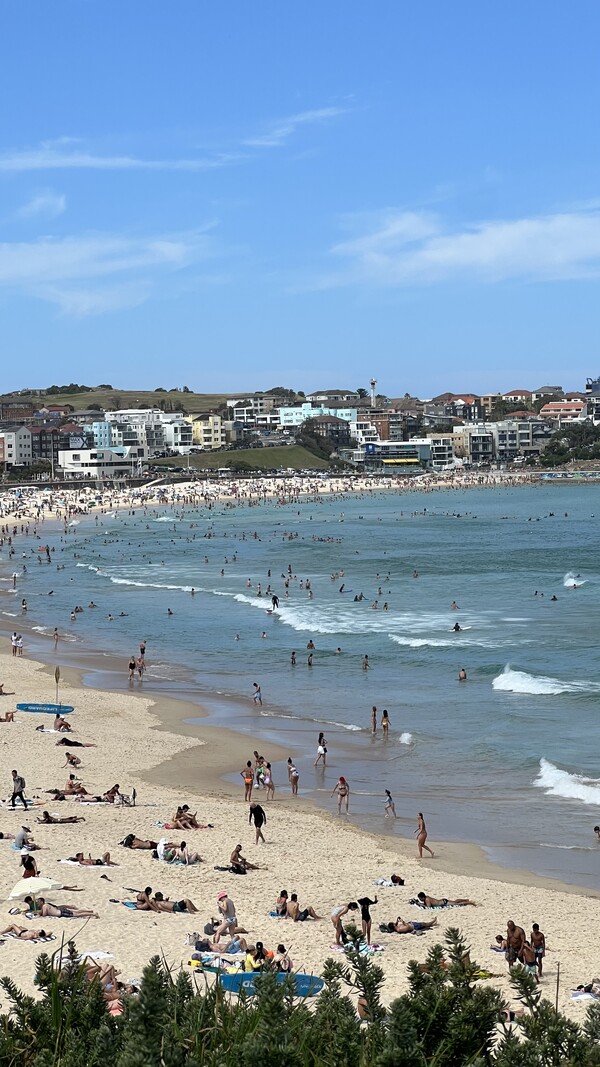From January 10th to 19th, I went to Australia for overseas coverage with reporters from the University Media Center. I worked as a post reporter for one year and as an editor-in-chief for another year. Since I worked as a reporter at the Dongguk Post for two years, I was selected as an excellent reporter. Overseas coverage was an activity that continued to be actively carried out before the advent of COVID-19, but in the aftermath of the pandemic, it had no choice but stop for three years. However, as activities resumed abroad, I gratefully seized the opportunity to go there for coverage. During the ten days, which may have seemed short in some ways and long in others, I would like to write about everything I saw, heard, felt, and learned in Australia. From now on, I am starting my special edition.
University Media Center resumes overseas coverage after three years

When I heard that only two reporters from the Dongguk Post would be given the opportunity to cover overseas, my heart could not help but flutter. It was such a sweet offer to be able to go to another country and demonstrate my skills in reporting and writing articles that I had honed while studying hard at the Dongguk Post. Still, moving toward my dream, my hard work paid off, and I was selected as a member of the overseas coverage team. At first, I knew it was only necessary to conceive a coverage plan within the overall framework. However, the team members had to find out and select everything from the country we wanted to visit, the subject of coverage, and the subject to be interviewed. This was my first experience, so I was unfamiliar with it and worried at first. Still, I chose a country, selected a topic, contacted an interview agency one by one, confirmed the date, and established the contents that I could prepare in advance in Korea.
The overseas coverage this time went to Australia. Using the characteristics of Australia, where cute animals such as kangaroos, koalas, and quokkas come to mind first, reporting team B, of which I was a member, decided to conduct coverage on the theme of “Animal Protection in Australia.” Recently, more and more people have companion animals in Korea, and interest in animals has increased even more. However, compared to the heightened interest, it is true that the percentage of people who are researching ways to protect animals is significantly low. Therefore, after covering how animals are protected in Australia and how they study animals, we chose the topic with the hope that the results could be applied to improve animal protection in Korea.
Meet Australia, a country that coexists with animals

Many things about animals could be covered, but our team divided the coverage into two parts, “Australia’s Abandoned Animals and Wildlife Animals.” In the case of abandoned animals, we analyzed the current state of the protection of abandoned animals, looked into the case of Australia, which recently proposed a new policy, and looked into the improvements Korea needs. In addition, in the case of wild animals, we looked into Australia’s wildlife protection system and its purpose, and the contents of education in related departments, as well as the sense of calling and the atmosphere of the field of those engaged in the profession.
Australia has enacted and implemented laws for companion animals. Therefore, microchips must be inserted into cats and dogs before they reach 12 weeks of age and are registered, and if you have more than four dogs, you must obtain permission from the government. In addition, strong legal sanctions are imposed, such as a fine of $4,000 for failing to walk the dog more than once a day. In this way, the laws related to companion dogs have already been amended, but Australia nonetheless continues to propose amendments. For example, Minister Emma Hurst of the Animal Justice Party introduced a bill to ban animal rescue groups from forcing euthanasia if they are willing to rescue abandoned animals. Both the Senate and the House have now passed the bill.
In addition, there was an animal-related system in Australia that was unfamiliar because it was different from Korea. That is, there is a legal counseling center that specializes in animal protection. Our team visited the Animal Defenders Office (ADO) in Canberra, the capital of Australia, and interviewed Tara, a lawyer. ADO is a non-profit volunteer organization that helps with legal issues related to animal protection. They give legal advice for those who want to set up animal shelters or appear as advocates to save wild animals in danger of euthanasia. Tara said that Australia should continue to develop through legislative amendments, and that animals have feelings of happiness and pain. Therefore, we need to be considerate to animals.
And it was found that not only those who work with animals but also Australian citizens, in general, have a high level of awareness about animals. They were aware of the parts they could be uncomfortable with depending on the characteristics of animals. Also, they conveyed the message that people should be more considerate so that animals can live on an equal basis with humans. In this way, legislation and sanctions at the government level also play an important role. Still, with the addition of Australian citizens with a high level of awareness of animals in general, Australia established itself as a country representing animal-friendly images.
Discovering self growth through overseas reporting experiences

After going overseas for about ten days, I discovered a slightly different, more grown-up version of myself. As the saying goes, “You see as much as you know.” After covering “animals” in Australia, I think I learned more about these related parts than anyone else. Also, I think it was very meaningful in that I personally went through the entire process of preparing for coverage from A to Z. I believe that this experience of personally planning all the processes, from small to large, and achieving results based on the plan will serve as a great driving force in whatever I do in the future.
Also, getting to know each other was not easy if we worked in the same organization called the Media Center but belonged to different media companies. Therefore, while working as the same team, I would like to say that I was grateful to Min-ji, Soo-min, Ju-won, and Ji-soo, who shared the same joys and sorrows in Australia, and Ji-hyeon, Joon-sang, Saet-byeol, Han-bee, and Seon-jae, who had the same feeling even though the subject of coverage was different. Also, I would like to express my gratitude to the center director, professor, and teacher who helped lead the reporters and report in a safe environment.awareness of animals in general, Australia established itself as a country representing animal-friendly images.
As a reporter who went abroad as a grateful opportunity on behalf of the school, I hope many readers will read the overseas coverage with interest. In addition, I would like to encourage other classmates to have the same experiences as I did, because I really enjoyed the experience of broadening my knowledge and creating various and unforgettable memories. The hot 10-day journey in Australia has now come to an end, but I want to become myself who runs towards my dream while continuing to engrave on my mind and body without forgetting the strong passion I felt at that time. Goodbye, Australia in hot January!

